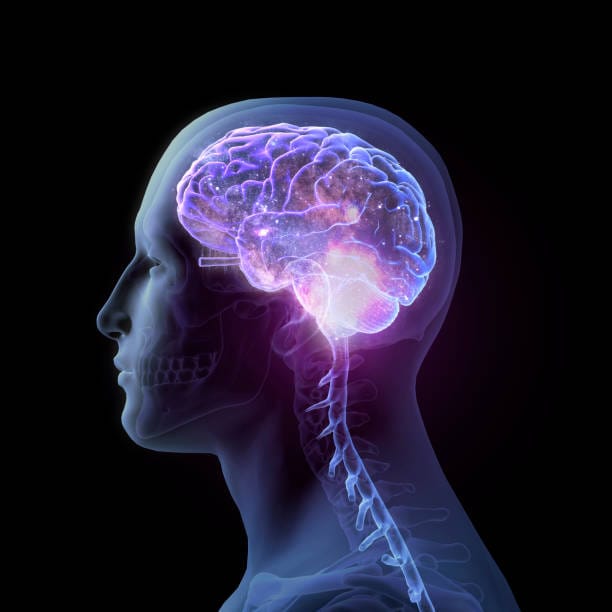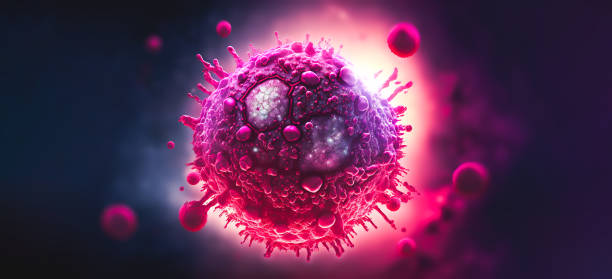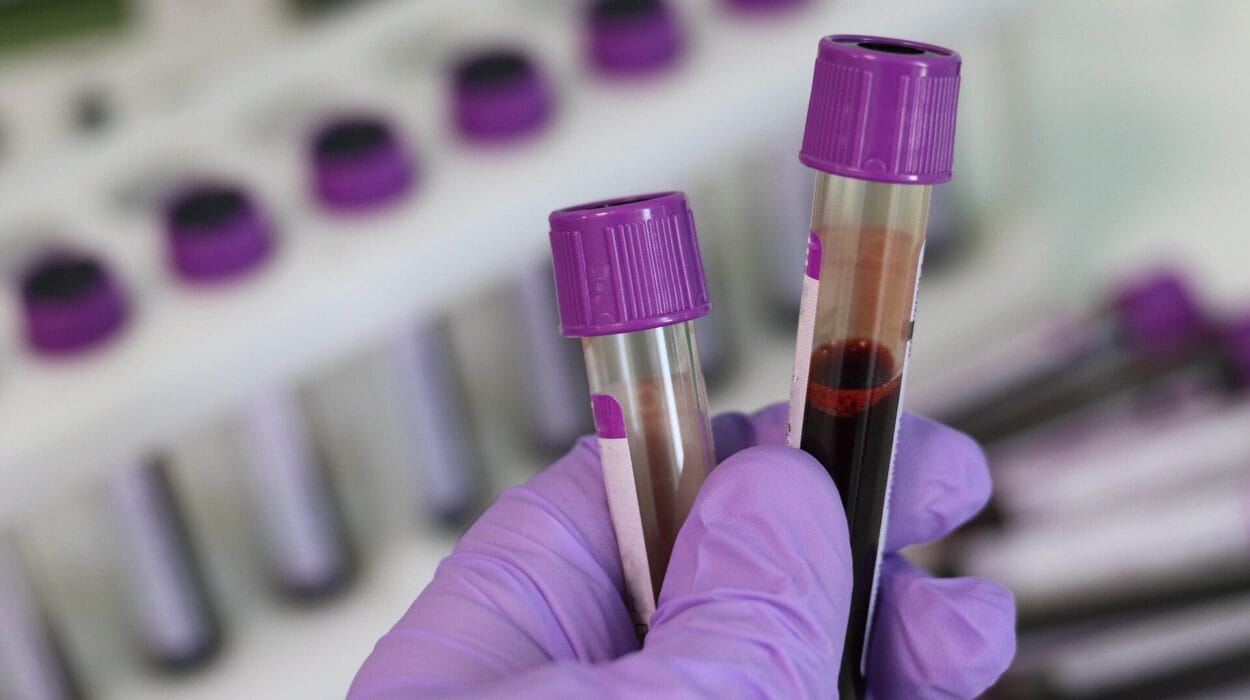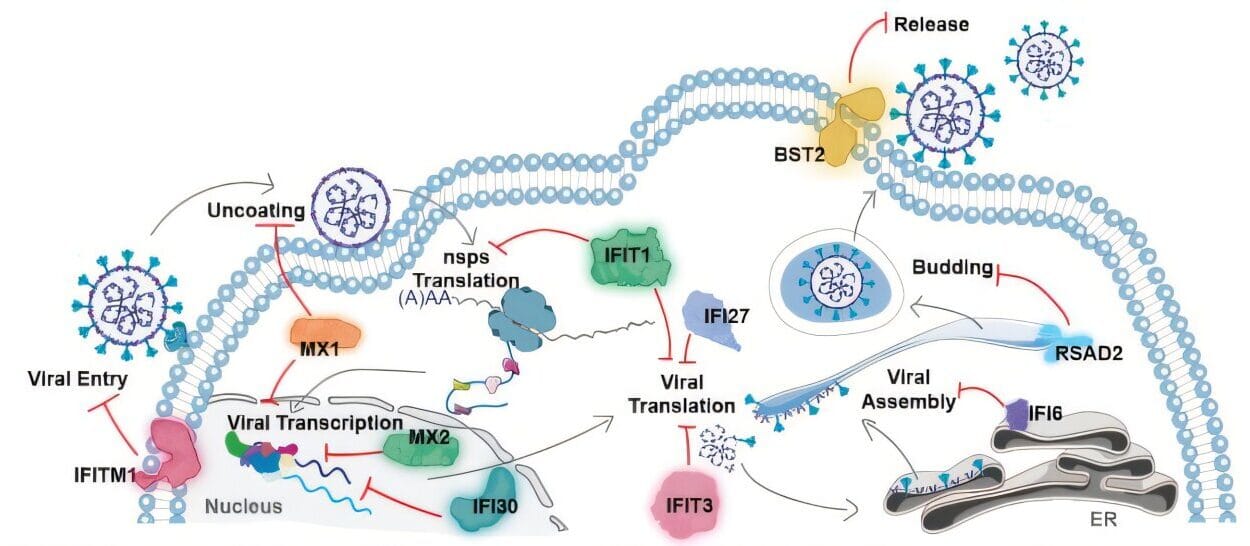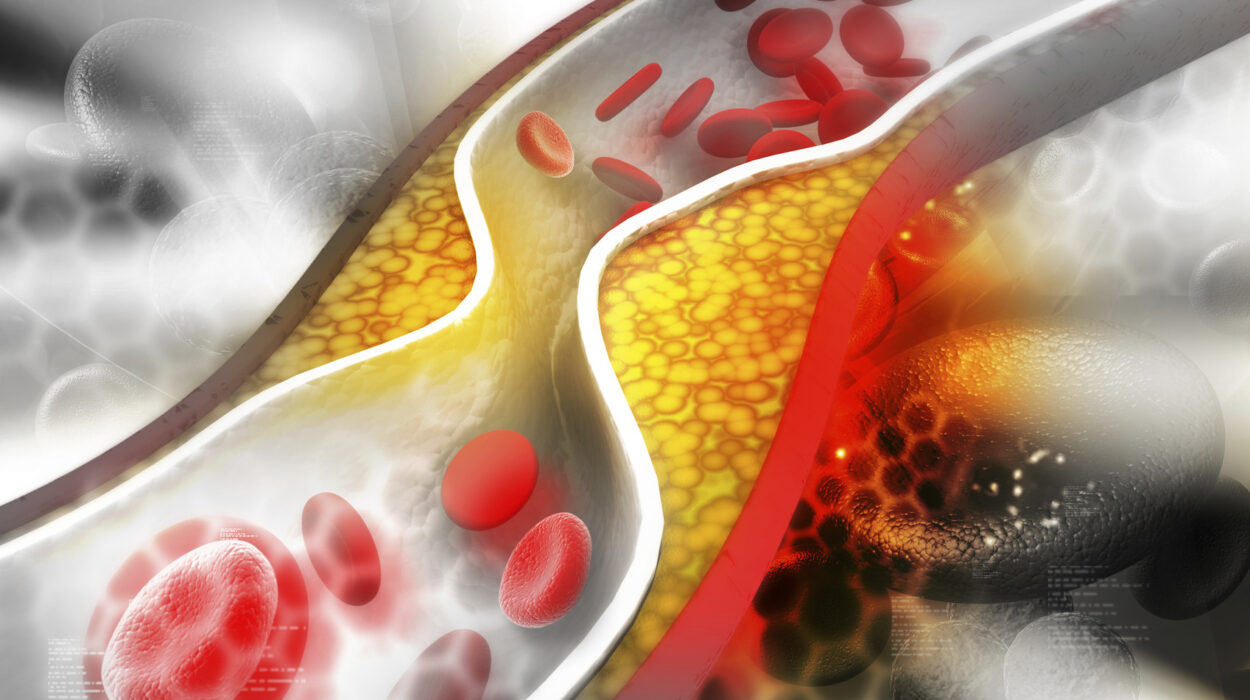There was a time when medicine was synonymous with pills, powders, and potions. Doctors wore white coats and scribbled prescriptions that promised relief from pain, cure for disease, or at least a temporary silence to symptoms. Pharmacies were temples of healing, where the panacea to every ailment was thought to be bottled or blister-packed.
But something has changed.
A quiet revolution is unfolding in hospitals, clinics, and medical schools around the world. A growing number of physicians are reaching not for their prescription pads, but for a different kind of medicine—one that requires no pharmacy, no fancy equipment, and no expensive patents. It’s called exercise. And it’s transforming the way we understand health, disease, and recovery.
Exercise, long considered the domain of fitness enthusiasts and athletes, is now firmly embedded in the language of medicine. It’s being “prescribed” for everything from depression to diabetes, cancer recovery to cognitive decline, heart disease to hormonal imbalances. Once an afterthought, it is now a frontline intervention—evidence-based, cost-effective, and powerful beyond most people’s imagination.
This is the story of why exercise has earned its place not just in the gym, but in the clinic. It’s the tale of muscle and medicine, of sweat and science, and of how moving the body can heal the mind, reverse disease, and extend life in ways no pill ever could.
The Human Body: Engineered for Movement
To understand why exercise is medicine, we first have to understand what the human body was designed to do. Contrary to modern lifestyles of chairs, cars, and screens, the body is not a machine for rest. It is a system built for movement.
From our upright posture to our complex musculature, from the way our hearts pump to the way our lungs expand, our physiology evolved not for sedentary comfort but for survival through physical activity—hunting, gathering, climbing, building, fleeing.
Every cell in the body responds to movement. Muscles contract, joints align, blood flows, neurotransmitters are released. Exercise doesn’t just affect the part of the body that’s moving; it triggers cascades of reactions across nearly every organ system. When we move, we activate a pharmacy within ourselves.
This internal pharmacy releases endorphins, serotonin, dopamine—natural mood lifters. It prompts the release of nitric oxide to dilate blood vessels, improves insulin sensitivity, balances hormones, stimulates brain-derived neurotrophic factor (BDNF) which boosts memory and learning. In short: it wakes us up at the cellular level.
And when we stop moving—when we become sedentary—that system begins to decay.
The Cost of Inactivity: A Silent Epidemic
Modern life has ushered in tremendous convenience, but it has also given rise to a disease almost as deadly as any pathogen: inactivity.
Sedentary behavior is now considered one of the leading causes of chronic disease worldwide. According to global health data, physical inactivity contributes to approximately 3.2 million deaths annually. It’s a risk factor for heart disease, stroke, type 2 diabetes, certain cancers, obesity, depression, and even early death.
Think of it this way: sitting is the new smoking.
While smoking affects the lungs and cardiovascular system, inactivity affects nearly everything. Prolonged sedentary behavior leads to muscle atrophy, insulin resistance, poor circulation, stiff joints, and weakened bones. It dulls the mind, darkens the mood, and shortens the lifespan.
And the worst part? It’s easy to ignore. Unlike a broken bone or a high fever, the effects of inactivity are subtle. They creep in quietly—an ache here, fatigue there, weight gain, foggy thinking—and before long, a chronic condition emerges.
Exercise isn’t just about fitness anymore. It’s about survival.
Exercise as Prevention: Shield Against Chronic Disease
The most powerful role exercise plays in medicine is prevention. It acts as a shield—protecting the body from a wide range of chronic diseases that account for over 70% of all deaths globally.
Heart disease, the leading cause of death worldwide, is dramatically reduced in those who exercise regularly. Aerobic exercise strengthens the heart, lowers blood pressure, improves cholesterol profiles, and reduces arterial plaque.
Type 2 diabetes is not only preventable but in many cases reversible through lifestyle changes that include regular physical activity. Exercise increases insulin sensitivity and helps muscles absorb glucose more efficiently.
Cancer is also in the crosshairs. Regular movement has been shown to reduce the risk of colon, breast, endometrial, and lung cancers. Mechanisms include reduced inflammation, improved immune surveillance, and better regulation of hormones like estrogen and insulin.
And then there’s obesity, the gateway disease. Exercise helps balance energy expenditure and regulates appetite hormones. It’s not just about burning calories—it’s about resetting metabolic function.
Exercise as prevention is a message echoed by every major health organization. But it’s more than a slogan—it’s a prescription for a longer, better life.
Exercise as Treatment: Healing Without a Pill
While prevention is powerful, the real marvel of exercise is its therapeutic effect—its ability to not just prevent but treat existing disease.
Let’s start with depression. Countless studies now show that exercise is as effective as medication for mild to moderate depression. Regular aerobic activity boosts levels of mood-regulating neurotransmitters, increases endorphin release, reduces cortisol, and provides structure and purpose—all key components in lifting the fog of mental illness.
In anxiety disorders, physical activity acts as a natural tranquilizer, reducing muscle tension, enhancing brain function, and triggering calming biochemical pathways.
In the realm of cardiac rehabilitation, structured exercise programs can help heart patients regain stamina, reduce the likelihood of future events, and drastically improve quality of life. This isn’t a fringe opinion—it’s part of standard post-heart-attack care.
Stroke recovery also benefits immensely from targeted movement. Neuroplasticity, the brain’s ability to rewire itself, is enhanced through physical activity, aiding in the regaining of mobility, coordination, and even speech.
Even arthritis, once thought to be worsened by activity, is now treated through movement. The right kinds of exercise can reduce joint pain, increase flexibility, and strengthen surrounding muscles to provide better support.
And in cancer survivorship, exercise reduces fatigue, strengthens the immune system, and improves mental well-being—so much so that oncology guidelines now recommend it as part of standard care.
Exercise and the Brain: Building Mental Muscle
Perhaps the most exciting area of exercise science lies not in muscles, but in the brain.
Regular physical activity increases BDNF, a protein essential for the growth and survival of brain cells. It improves memory, enhances executive function, and even increases the size of the hippocampus—a brain region critical for learning and memory that tends to shrink with age and in conditions like Alzheimer’s.
Exercise also boosts dopamine, associated with motivation and reward; serotonin, linked to mood and well-being; and norepinephrine, important for focus and attention.
This chemical symphony makes exercise a potent ally in the fight against cognitive decline, dementia, and Alzheimer’s disease. It also makes it a natural remedy for ADHD, where movement helps regulate attention and behavior.
The brain doesn’t just passively benefit from exercise—it craves it. Our ancestors evolved in motion. We are meant to move to think well.
Exercise for Longevity: Aging Gracefully, Not Grudgingly
What if you could take a single medicine that would slow aging, keep your mind sharp, your bones strong, your mood stable, and your energy high?
You already can. It’s called physical activity.
Exercise is one of the most effective longevity tools known to science. It activates telomerase, the enzyme that protects and repairs the ends of chromosomes (telomeres), which shorten with age and cellular stress.
It also fights sarcopenia, the age-related loss of muscle mass, and combats osteopenia, the weakening of bones. It maintains balance and coordination, reducing the risk of falls—a major cause of injury in older adults.
Even better, it supports metabolic health, keeping blood sugar, cholesterol, and inflammation in check. It keeps the immune system strong, wards off infections, and supports faster recovery.
Most importantly, it preserves independence—the ability to move, climb stairs, carry groceries, and enjoy life on your own terms.
Aging doesn’t have to mean decline. With exercise, it can mean continued vitality.
Types of Exercise: Finding the Right Prescription
Like any good medicine, exercise comes in different forms—each with its own benefits.
Aerobic exercise (walking, running, cycling, swimming) strengthens the heart and lungs, improves circulation, and burns fat. It’s particularly potent for cardiovascular health, mood regulation, and metabolic function.
Strength training (weight lifting, resistance bands, bodyweight exercises) builds muscle, supports bone density, and boosts resting metabolism. It’s crucial for aging well and preventing injuries.
Flexibility and balance exercises (yoga, tai chi, stretching) improve range of motion, posture, and fall prevention. They also enhance body awareness and relaxation.
High-intensity interval training (HIIT) offers a time-efficient way to boost cardiovascular and metabolic health with short bursts of intense effort.
Functional movement mimics everyday tasks and improves real-world performance—think squats, lunges, and rotational movements.
The best approach combines these elements, tailored to the individual’s needs, abilities, and medical conditions. Exercise, after all, is personal medicine.
Barriers and Solutions: From Prescription to Practice
If exercise is so effective, why don’t more people do it?
The barriers are real: lack of time, motivation, pain, fear of injury, and limited access to facilities or guidance.
But solutions exist.
Short sessions can still offer major benefits—just 10–15 minutes of brisk walking can lift mood and lower blood sugar.
Group activities provide social support, accountability, and fun. Community classes, walking clubs, or workout buddies make movement a shared experience.
Technology can help too. Wearables, fitness apps, and online coaching offer motivation, feedback, and structure.
Most importantly, doctors are now being trained to prescribe exercise just like medication. Programs like “Exercise is Medicine,” backed by organizations such as the American College of Sports Medicine, are integrating movement into clinical practice.
The goal isn’t perfection—it’s progress. Every step counts.
The Future: A New Era in Health
We are entering a new era where exercise is not just a lifestyle choice but a clinical intervention. In the future, prescriptions may include reps and steps as much as pills and procedures.
Insurance plans may cover gym memberships and wellness coaching. Hospitals may have exercise physiologists on staff. Workplaces and schools may integrate movement throughout the day. Technology may deliver real-time movement medicine into every home.
And most importantly, patients will come to expect movement as part of their healing—not as an add-on, but as a foundation.
This isn’t a dream—it’s already happening. The question is: will you walk with it?
Conclusion: Movement Is Medicine
In the end, exercise is more than a prescription. It’s a revolution in how we see the human body—not as a passive vessel in need of chemical control, but as a dynamic system capable of self-repair, renewal, and extraordinary strength.
Movement is our birthright. It’s the rhythm of health, the pulse of resilience, and the secret to a life not just lived, but thrived.
So whether you’re recovering from illness, managing a chronic condition, seeking sharper focus, or simply wanting to feel more alive—get up, stretch, move.
The medicine is already inside you.

